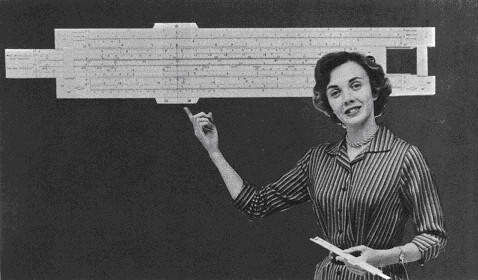Hunting through airport bookshops is often frustrating, however the discovery of Henry Petroski's "To Engineer is Human" allowed me to pass an otherwise boring journey very pleasantly and found me an author I believe should be essential reading on all university engineering courses. Two items from its Bibliography (courtesy of the British Library Privilege Service, no, libraries are not dead!) caused me considerable further Musing.
The first article "Reflections on a Slide Rule" by Petroski in the February/March 1981 "Technology Review" (written a mere 5 years after the invention of the first electronic pocket calculator and the demise of the slide rule) mirrored some of my comments in the first of these Electronic Musings - the selection of your slide rule and the need for proficiency in its use. He went on to say, "Even at the height of its popularity, the slide rule was a scientific curiosity in the hands of the uninitiated". This made me think. On the one hand my colleagues all had one and were proficient in its use, and I had never been teased for having such a device or being reasonably proficient in its use. On the other hand the 'uninitiated' that I had contacts with were such that they understood that an engineer, albeit a budding one, had need of such a device. In most cases they had also been required to learn how to use a slide rule at school so at least understood to a first degree what they were about. Was I lucky or unusual in such a perception? Further discussion with friends of a similar age but different backgrounds makes me think that I was unusual in this perception, the slide rule was a curiosity and remains so to this day, a very good reason to collect them!
The illustrations also gave pause for thought. The heading illustrations included a Thacher (the "Cray" of the slide rule world), a 10" rectilinear K&E and a 1980's calculator. The rear page showed a five-function calculator made in 1625, about the time the slide rule was invented. It told the time at various latitudes, determined magnetic and true north, calculated time at night, determined wind direction and calculated the date of Easter, a very different suite of calculation problems to today's five-function calculator, and the usual five functions on, say, a Rietz slide rule! It illustrates how much maths had moved on during the period the slide rule was in use
